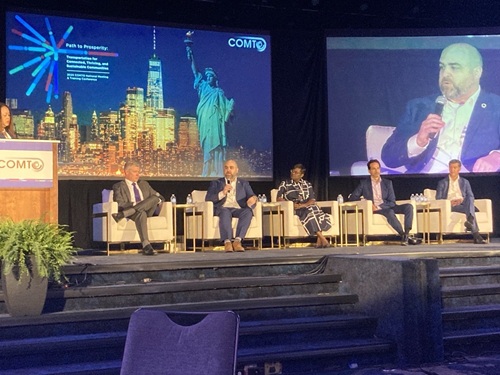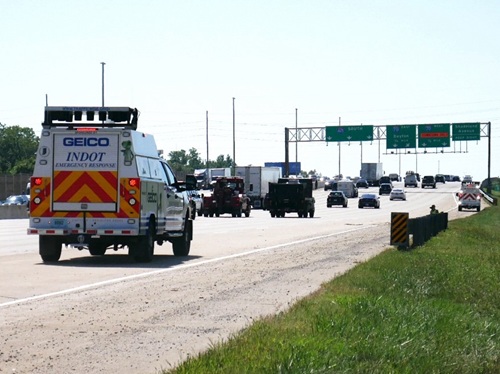The American Association of State Highway and Transportation Officials recently provided comments to the U.S. Army Corps of Engineers (USACE) regarding the implementation of the Thomas R. Carper Water Resources Development Act or WRDA of 2024 enacted in January; legislation named after former Sen. Tom Carper (D-DE), who previously served as chairman of the Senate Committee on Environment and Public Works.
[Above image by AASHTO]
While AASHTO and its members supported the reauthorization of WRDA, the organization noted that USACE needs to fine-tune certain policy measures contained in that legislation.
For example, the WRDA package includes broad provisions seeking to improve water data for USACE. “AASHTO members have raised significant concerns relating to water data and we would appreciate consideration of how to address these challenges in the data collection improvements in the new law,” the organization said in its letter to USACE.
“Guidance on harmonizing the varying data sources and improving the underlying information for these designations would assist state DOTs and other non-federal interests in achieving the intended benefits of these programs by using accurate data,” AASHTO noted.
The organization also pointed out that other WRDA policy changes raise questions concerning the treatment of federal assistance for current projects under the existing federal assistance framework.
“For example, current law applies the federal cost share to projects or separable elements on which a construction contract has not been awarded before June 10, 2014,” AASHTO said. “AASHTO members believe that this raises a question for how projects will be treated when contracts were awarded between June 10, 2014, and January 4, 2025.”
The organization also noted that USACE must address whether that cost share change only applies to projects and separable elements on which a construction contract has not been awarded before the date of enactment and how the current statute will apply.
Finally, for an ongoing construction project, AASHTO requested that USACE “provide clarity” as to whether excess credit – either the differential of 50/25 percent or credit more than the original 50 percent non-federal interest – be applied to remaining contracts and/or separable elements.
Where the “beneficial use” of dredged material from channel deepening and maintenance projects is concerned, AASHTO believes USACE should include resiliency and habitat benefits in benefit cost analysis or calculations and maintenance ranking procedures.
“We also urge USACE to administer these provisions in the new law in a manner that reduces burdens for state DOTs in accordance with the directives in the new law to maximize the use of dredged materials and transfer them to the non-federal interest,” the organization said. “Doing so would assist USACE in meeting the 70 percent national goal in WRDA 2024 to make use of the dredged materials from water resources development projects.”
 Nation
Nation


